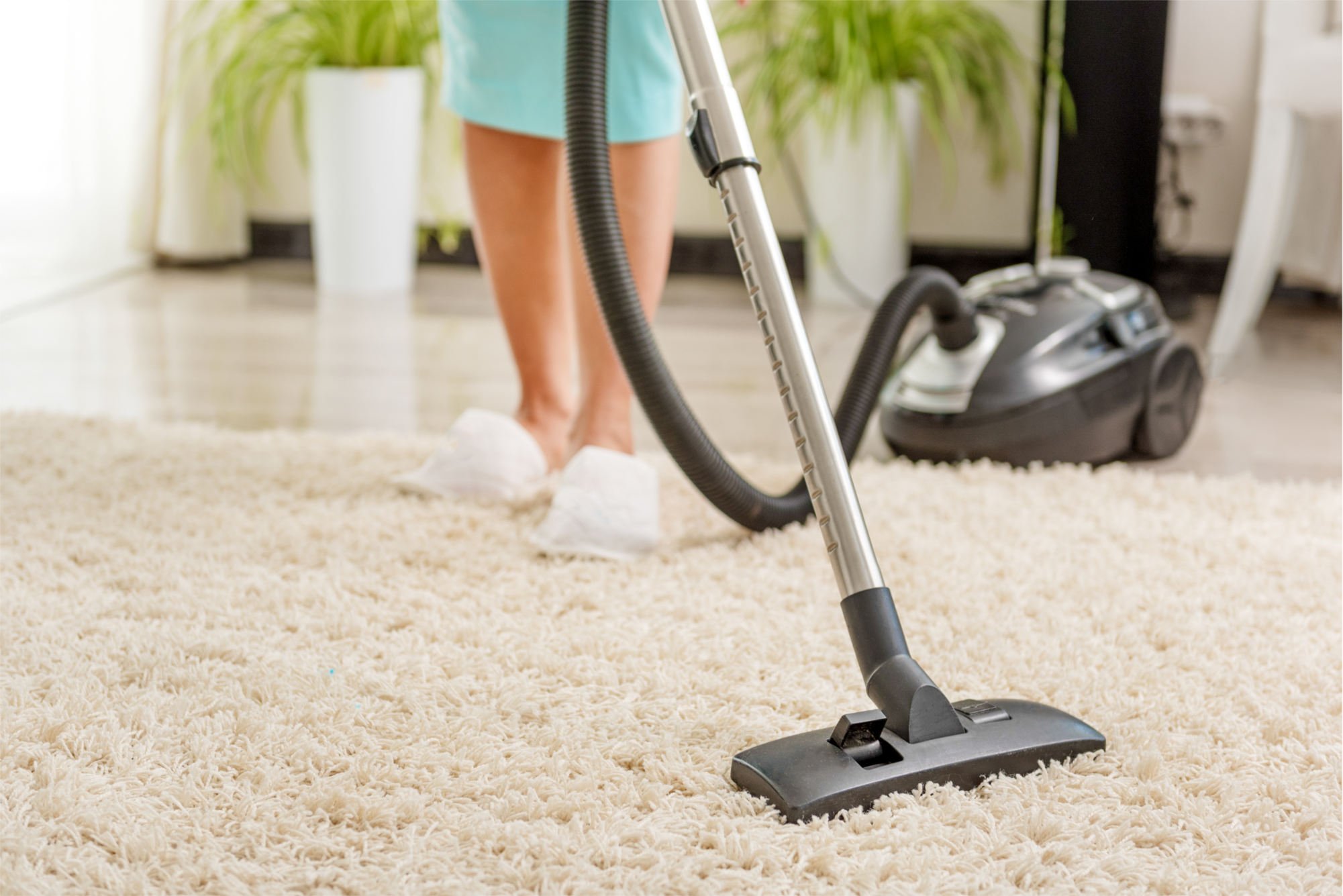

Articles
How Long Do Wool Rugs Last
Modified: December 7, 2023
Discover how long wool rugs can last with our informative articles. Learn about proper care and maintenance to extend the lifespan of your rug.
(Many of the links in this article redirect to a specific reviewed product. Your purchase of these products through affiliate links helps to generate commission for Storables.com, at no extra cost. Learn more)
Introduction
Wool rugs are a popular choice for homeowners looking to add warmth, texture, and elegance to their living spaces. Not only are they known for their luxurious look and feel, but they also offer durability and longevity. However, despite being well-crafted and made from high-quality materials, wool rugs are not immune to age and wear. Understanding how long wool rugs typically last and the factors that can affect their lifespan is crucial for every rug owner.
In this article, we will explore the expected lifespan of wool rugs, the factors that can impact their longevity, and the proper care and maintenance practices that can help extend their lifespan. Additionally, we will discuss the signs that indicate a wool rug may need to be replaced and provide tips on how to maximize the longevity of these beautiful floor coverings.
Key Takeaways:
- Wool rugs can last for many years with proper care and maintenance, including regular vacuuming, immediate spill cleanup, and professional cleaning. Factors such as quality, construction, and traffic level impact their longevity.
- Signs that a wool rug may need replacement include worn-out fibers, visible damage, stubborn stains, and signs of mold or mildew. Proper care, including rotation, rug pads, and professional cleaning, can extend their lifespan.
Read more: How Long Do Rugs Last
Factors Affecting the Lifespan of Wool Rugs
Several factors can significantly affect the lifespan of wool rugs. Understanding these factors can help rug owners make informed decisions regarding the care and maintenance of their rugs. Here are some key factors to consider:
- Quality of Materials: The quality of the wool used in the rug plays a vital role in its durability. High-quality wool rugs are often made from premium wool sourced from reputable suppliers, which ensures better resistance to wear and tear.
- Construction: The construction of the rug also impacts its lifespan. Hand-knotted wool rugs tend to last longer than machine-made counterparts due to the meticulous craftsmanship involved. The strength of the knots and the density of the weave contribute to the rug’s overall durability.
- Traffic Level: The amount of foot traffic a wool rug experiences will naturally impact its lifespan. Rugs placed in high-traffic areas like entryways, hallways, or living rooms may wear down faster compared to those in less heavily trafficked areas.
- Maintenance: Proper care and maintenance are essential for prolonging the lifespan of wool rugs. Regular vacuuming, spot cleaning, and professional cleaning when needed can help minimize dirt, stains, and damage that can accumulate over time.
- Exposure to Sunlight: Direct and prolonged exposure to sunlight can cause the colors in wool rugs to fade over time. It’s important to rotate your rugs or use window coverings to protect them from excessive sunlight exposure.
- Pets and Young Children: Pets and young children can be quite lively and may inadvertently cause damage to wool rugs. Scratching, spills, and accidents can all contribute to wear and tear. Taking extra precautions and promptly addressing any accidents or spills can help minimize damage.
- Environmental Factors: Humidity, moisture, and temperature variations can affect wool rugs. Excessive humidity can lead to mold and mildew growth, while extreme dryness can cause the fibers to become brittle. Maintaining a stable indoor environment can help preserve the rug’s integrity.
By considering these factors and taking appropriate measures, rug owners can ensure that their wool rugs last for many years, maintaining their beauty and functionality.
Proper Care and Maintenance of Wool Rugs
Caring for and maintaining wool rugs is essential to maximize their lifespan and keep them looking their best. Here are some important tips to follow:
- Vacuum Regularly: Regular vacuuming helps remove dirt, dust, and debris that can accumulate in the rug fibers. Use a vacuum with adjustable settings and a brush attachment to gently clean the rug without causing damage.
- Rotate the Rug: Rotating the rug every few months allows for more even wear and minimizes the risk of certain areas becoming more worn than others. It is especially important for rugs in high-traffic areas.
- Address Spills Immediately: Accidents happen, and when they do, it’s crucial to address spills immediately to prevent them from staining or causing long-term damage. Blot the area with a clean, absorbent cloth and avoid rubbing, which can spread the spill further into the fibers.
- Spot Clean Gently: For small stains or spills, use a mild detergent or wool-specific cleaner mixed with water. Blot the area gently with a clean cloth, working from the outer edges toward the center to prevent the stain from spreading. Always test any cleaning solution on a small, inconspicuous area of the rug first.
- Avoid Excessive Moisture: Wool rugs are susceptible to damage from excess moisture. Avoid saturating the rug when spot cleaning and ensure it dries thoroughly to prevent the growth of mold or mildew. If deep cleaning is necessary, consider hiring a professional rug cleaner.
- Protect from Sunlight: Direct sunlight can cause colors to fade over time. Use window coverings or UV-protective film to minimize exposure to harsh sunlight. Additionally, rotating the rug periodically can help ensure even fading.
- Use Rug Pads: Using rug pads underneath your wool rugs provides cushioning, helps prevent slipping, and reduces friction between the rug and the floor, which can lead to premature wear. Make sure to use rug pads specifically designed for use on hardwood, tile, or carpeted floors.
- Professional Cleaning: Periodically, it’s important to have your wool rug professionally cleaned by experts who specialize in cleaning and maintaining rugs. Professional cleaning can remove deep-seated dirt, revive the rug’s colors, and help maintain its overall integrity.
By following these care and maintenance practices, you can significantly extend the lifespan of your wool rug, ensuring it remains beautiful and functional for many years to come.
Wool rugs can last for decades if properly cared for. Regular vacuuming, rotating to avoid uneven wear, and professional cleaning every 1-2 years can help extend their lifespan.
Signs that Indicate the Need for Replacement
While wool rugs are known for their durability, there may come a time when replacement is necessary. Here are some signs that indicate it might be time to replace your wool rug:
- Worn-out Fibers: Over time, the fibers of a wool rug can become worn and frayed, especially in high-traffic areas. If you notice significant thinning or bald spots on the rug’s surface, it may be an indication that the rug has reached the end of its lifespan.
- Visible Damage: Rugs can sustain visible damage from spills, pet accidents, or other incidents that cannot be fully restored. If the damage is extensive and cannot be repaired, it might be more practical to invest in a new rug instead of trying to salvage the old one.
- Stubborn Stains and Odors: Despite regular cleaning efforts, some stains and odors may become deeply embedded in the fibers of a wool rug, making them difficult to completely remove. Lingering stains and odors can impact the appearance and freshness of the rug, making replacement a more favorable option.
- Signs of Mold or Mildew: Excessive moisture or prolonged exposure to damp conditions can lead to the growth of mold or mildew in wool rugs. Not only can these fungi damage the fibers, but they can also pose health risks. If you notice signs of mold or mildew, it’s important to replace the rug to prevent further damage and maintain a healthy living environment.
- Loss of Shape or Structure: Over time, a wool rug may lose its original shape and structure. It might develop wrinkles, bulges, or ripples that cannot be smoothed out. These deformities can affect the rug’s appearance and pose tripping hazards, indicating the need for replacement.
- Matted or Flattened Pile: The pile of a wool rug can become matted or flattened due to heavy foot traffic or inadequate care. If attempts to restore the pile’s fluffiness and texture are unsuccessful, it may be a sign that the rug has reached its lifespan limit.
- Style and Design Preferences: Lastly, personal style and design preferences evolve over time. If you find that your wool rug no longer complements your decor or if you simply desire a change, replacing the rug with a new style can breathe new life into your living space.
Ultimately, your judgment and assessment of these signs will guide your decision to replace a wool rug. It’s important to consider the condition, functionality, and aesthetic appeal of the rug to determine whether it’s time for an upgrade.
Extending the Lifespan of Wool Rugs
While wool rugs have a natural lifespan, there are steps you can take to maximize their longevity and keep them looking beautiful for years to come. Here are some tips to help extend the lifespan of your wool rugs:
- Rotate the Rug: Rotating your rug every few months helps distribute the wear and tear evenly, ensuring that no specific area of the rug becomes excessively worn.
- Use Rug Pads: Placing rug pads underneath your wool rugs provides cushioning, reduces friction between the rug and the floor, and helps prevent slipping. Rug pads also act as a barrier, protecting the rug from any potential damage caused by the roughness of the floor.
- Regular Vacuuming: Vacuum your wool rug regularly to remove dust, dirt, and debris that can accumulate in the fibers. Use a vacuum cleaner with adjustable settings and a brush attachment to carefully clean the rug without causing any damage. Be sure to vacuum both sides of the rug if it is reversible.
- Spot Clean Spills Promptly: Accidents happen, but it’s important to address spills and stains as soon as they occur. Blot the affected area with a clean cloth and use a mild detergent or wool-specific cleaner mixed with water to gently clean the spot. Avoid rubbing, as that can cause the stain to spread further into the fibers.
- Professional Cleaning: Periodically, have your wool rug professionally cleaned by experts who specialize in rug cleaning. Professional cleaning can remove deep-seated dirt and stains, rejuvenate the colors, and refresh the rug’s appearance.
- Protect from Sunlight: Direct sunlight can cause colors to fade and fibers to weaken over time. Use window coverings or UV-protective film during peak sunlight hours to minimize exposure. Also, consider rotating the rug periodically to ensure even fading across the entire rug surface.
- Manage Humidity: Fluctuations in humidity can affect the condition of wool rugs. Excessive humidity can lead to mold and mildew growth, while low humidity can cause the fibers to become dry and brittle. Use a humidifier or dehumidifier to maintain a stable indoor environment if needed.
- Protect from Pets and Children: Pets and young children can inadvertently cause damage to wool rugs. Train pets to avoid scratching or soiling the rug, and take extra precautions in areas where children play. Promptly clean up any pet accidents or spills to prevent staining and odor absorption.
- Proper Storage: If you need to store your wool rug for an extended period, take proper precautions. Clean the rug thoroughly, roll it tightly, and wrap it in acid-free paper or a breathable fabric. Store it in a dry, cool, and well-ventilated area to prevent the growth of mold or mildew.
By following these tips and providing regular care and maintenance, you can significantly extend the lifespan of your wool rugs, preserving their beauty and ensuring they continue to enhance your living space for years to come.
Read more: How Long Does A Wool Rug Shed
Conclusion
Wool rugs are not only aesthetically pleasing but also known for their durability and longevity. However, like any other home accessory, they require proper care and attention to maintain their beauty and functionality over time. By understanding the factors that affect the lifespan of wool rugs and implementing the right care and maintenance practices, rug owners can extend their longevity and enjoy their rugs for many years.
Factors such as the quality of materials used, construction techniques, traffic level, exposure to sunlight, and environmental conditions can influence the lifespan of wool rugs. Regular vacuuming, rotating the rug, immediate spot cleaning of spills, and professional cleaning are important care practices that help maintain the rug’s integrity. Additionally, protecting the rug from excessive sunlight, managing humidity levels, and taking precautions with pets and children can further extend its lifespan.
Recognizing the signs of wear and tear, damage, stains that cannot be removed, and other indications of the rug’s deterioration is crucial in determining when to replace a wool rug. While proper care can significantly extend the lifespan, there may come a time when replacing the rug becomes necessary to maintain a visually appealing and functional living space.
In conclusion, by following the recommended care and maintenance practices and staying attentive to any signs of deterioration, you can ensure that your wool rug remains a beautiful and cherished part of your home for many years. Taking the time to care for your rug and investing in its maintenance will not only enhance its lifespan but also allow you to enjoy its warmth and elegance for generations to come.
Frequently Asked Questions about How Long Do Wool Rugs Last
Was this page helpful?
At Storables.com, we guarantee accurate and reliable information. Our content, validated by Expert Board Contributors, is crafted following stringent Editorial Policies. We're committed to providing you with well-researched, expert-backed insights for all your informational needs.
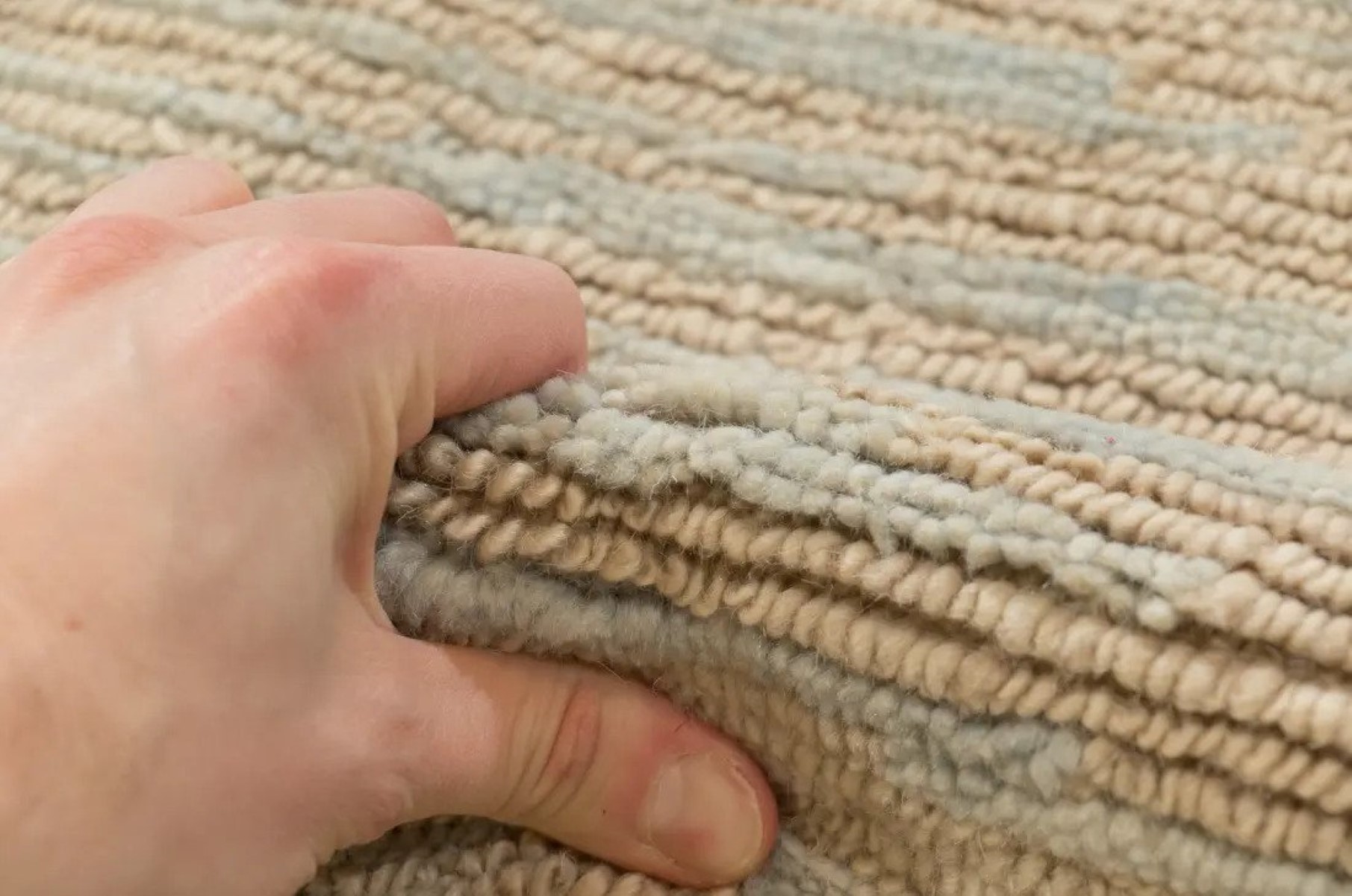
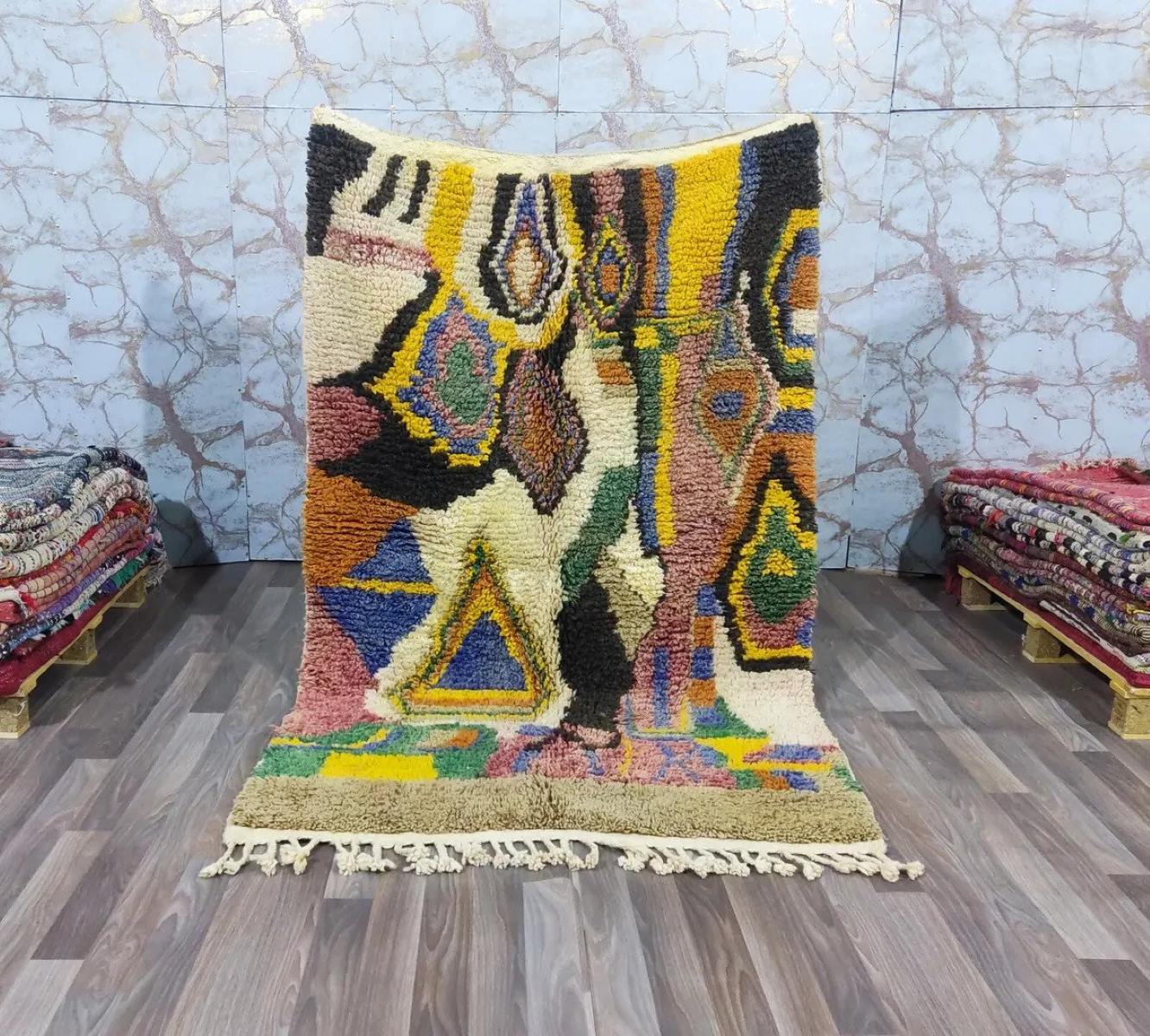
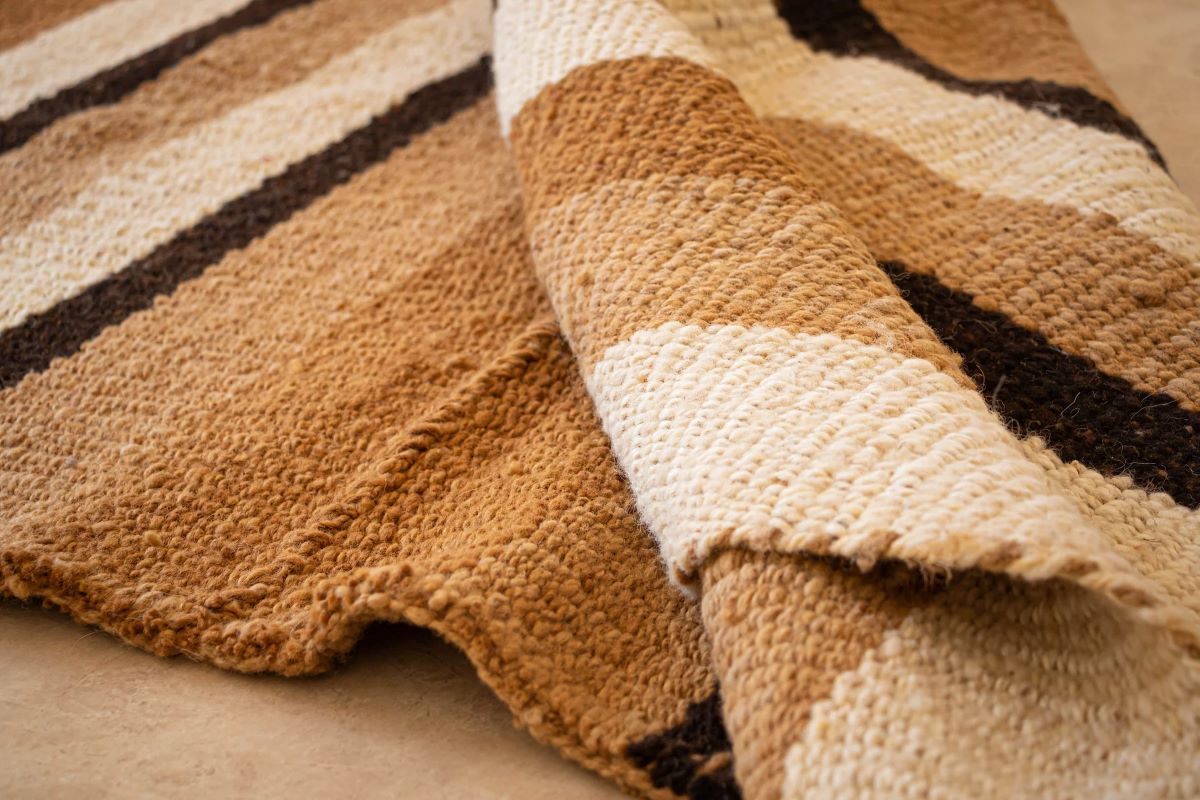
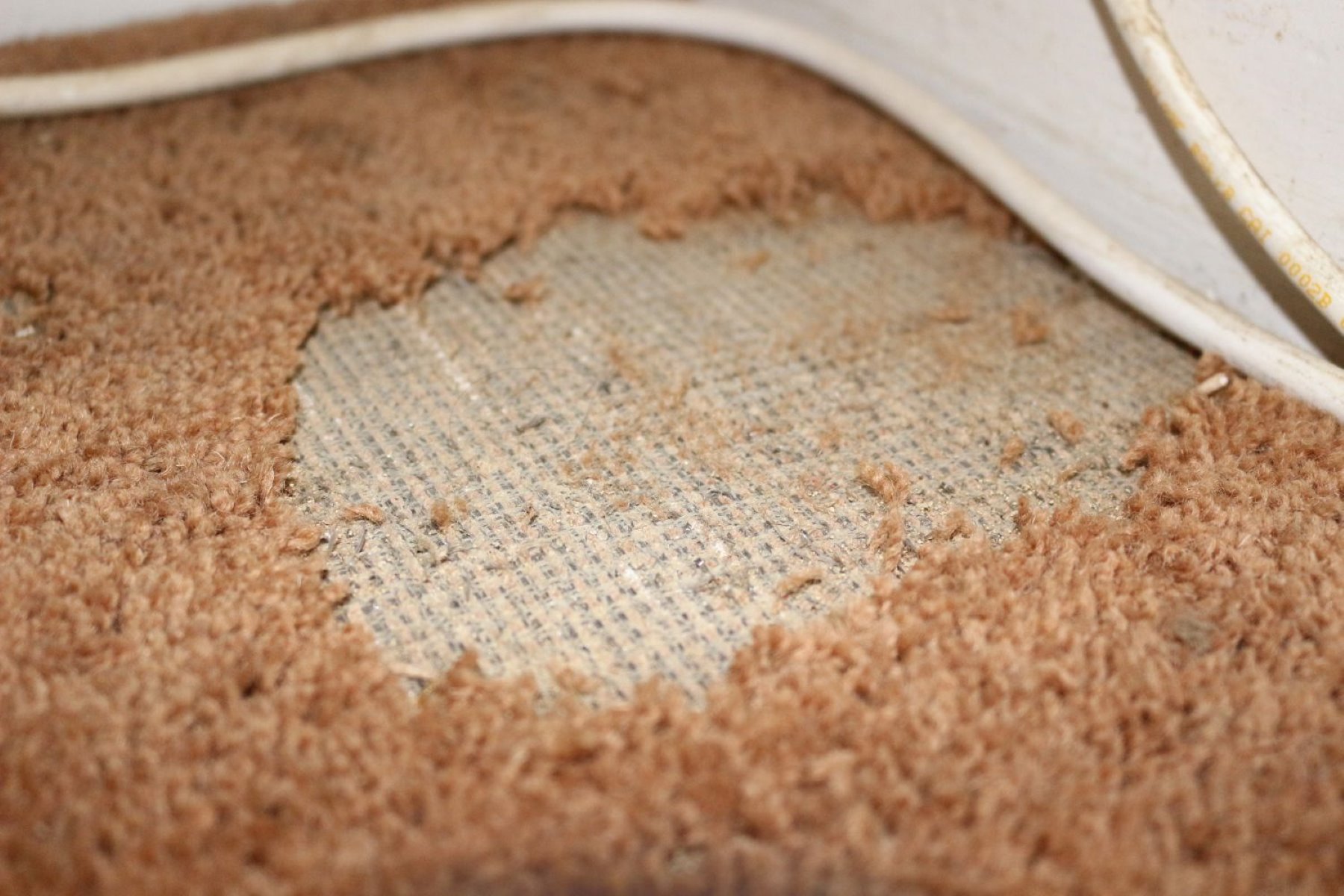
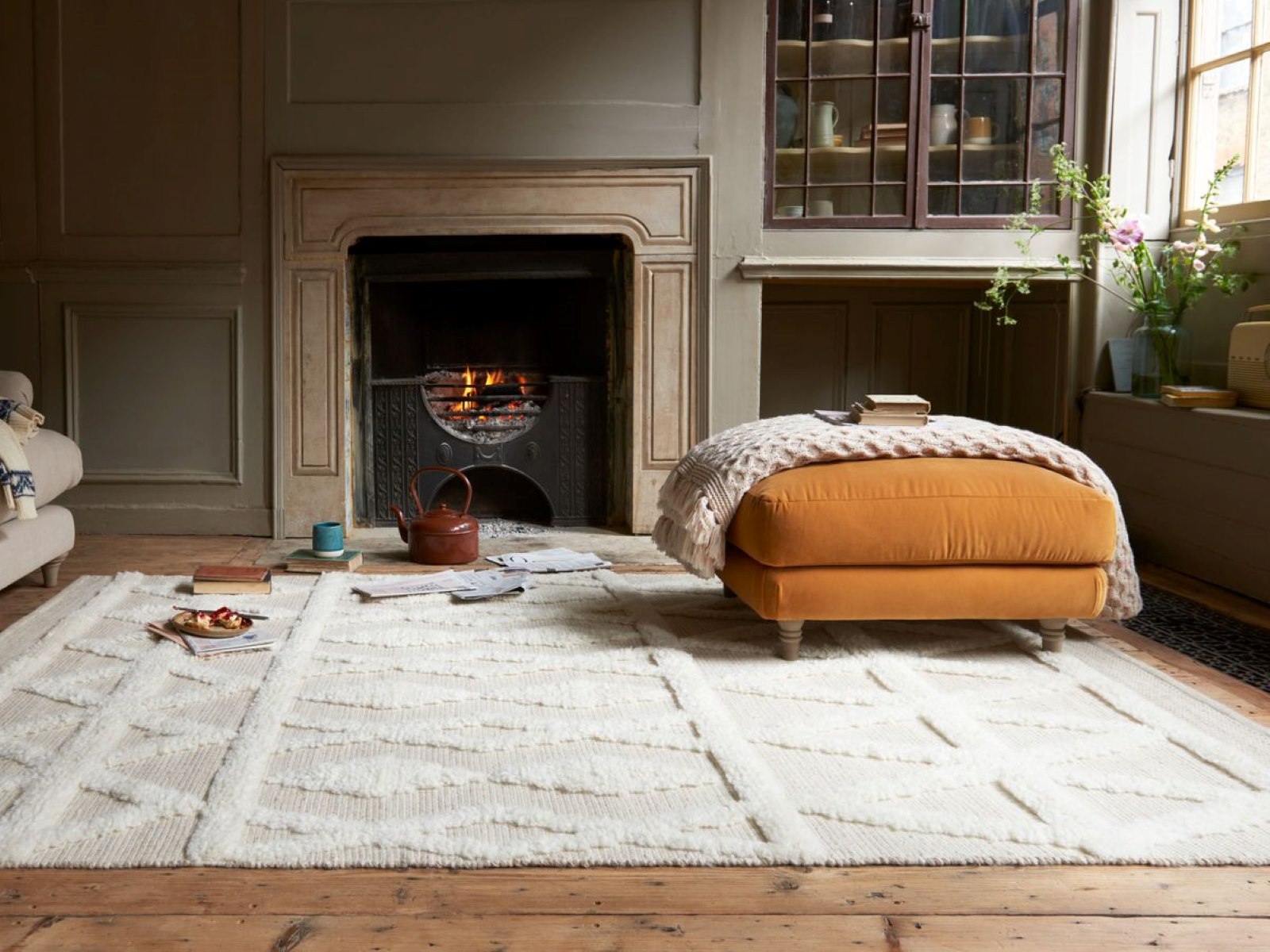
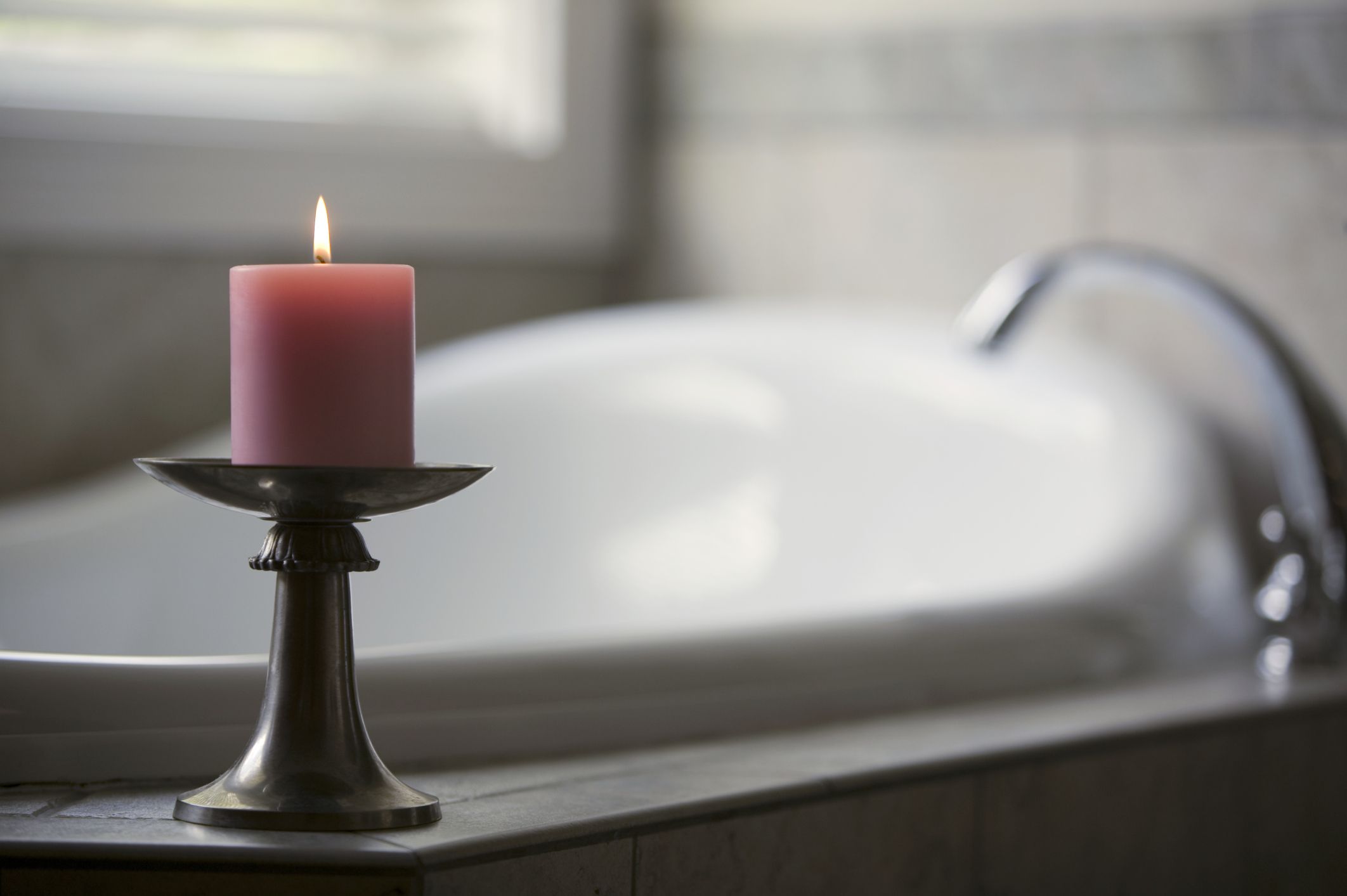

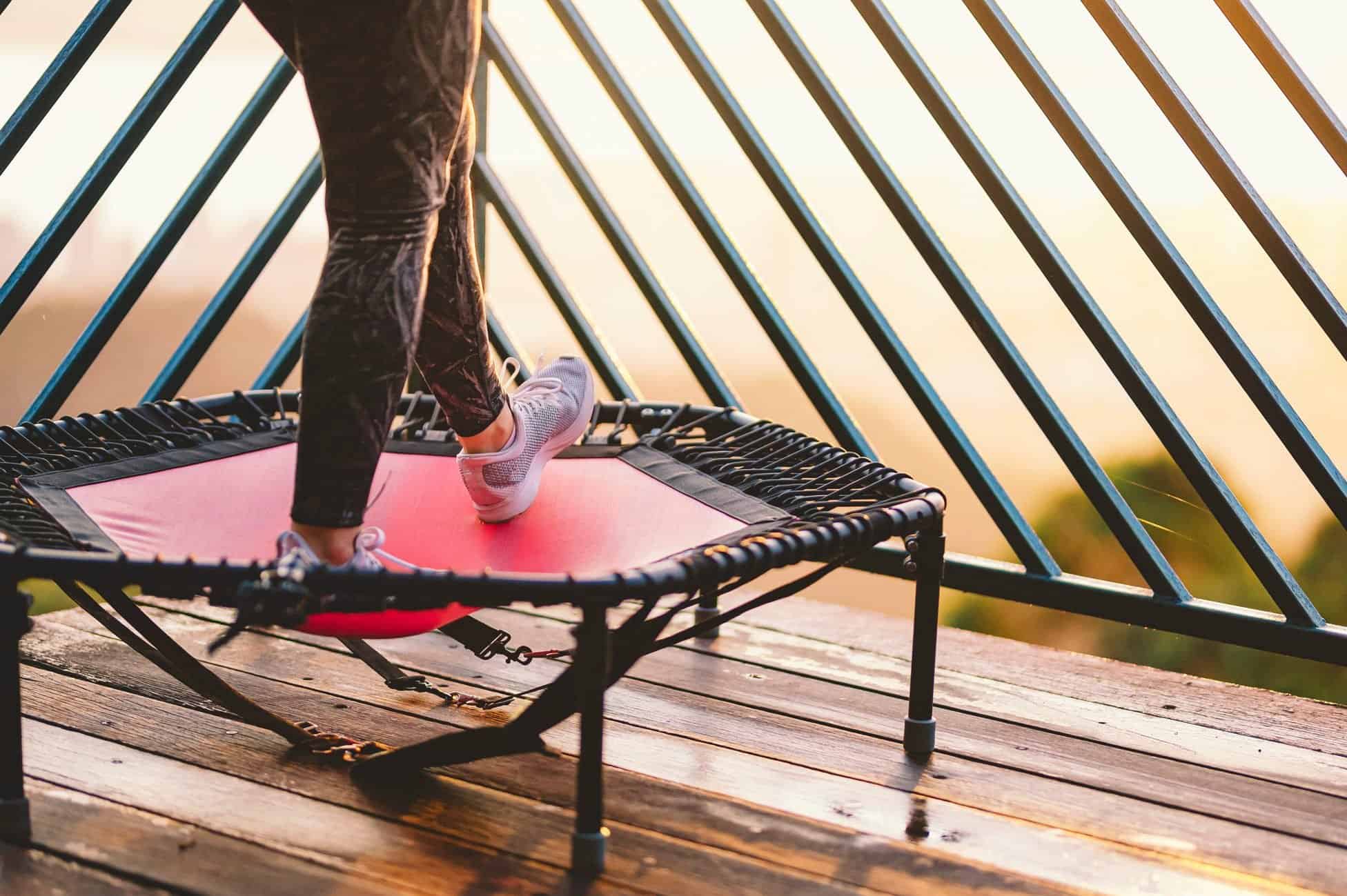
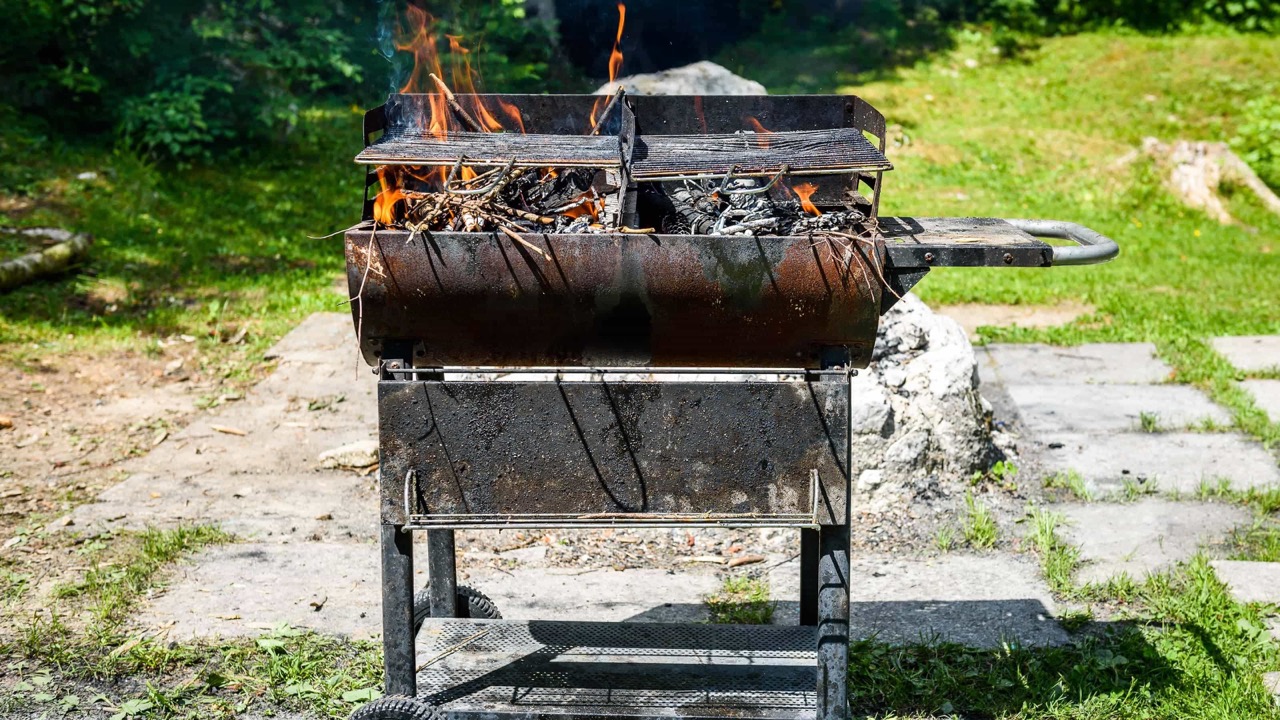

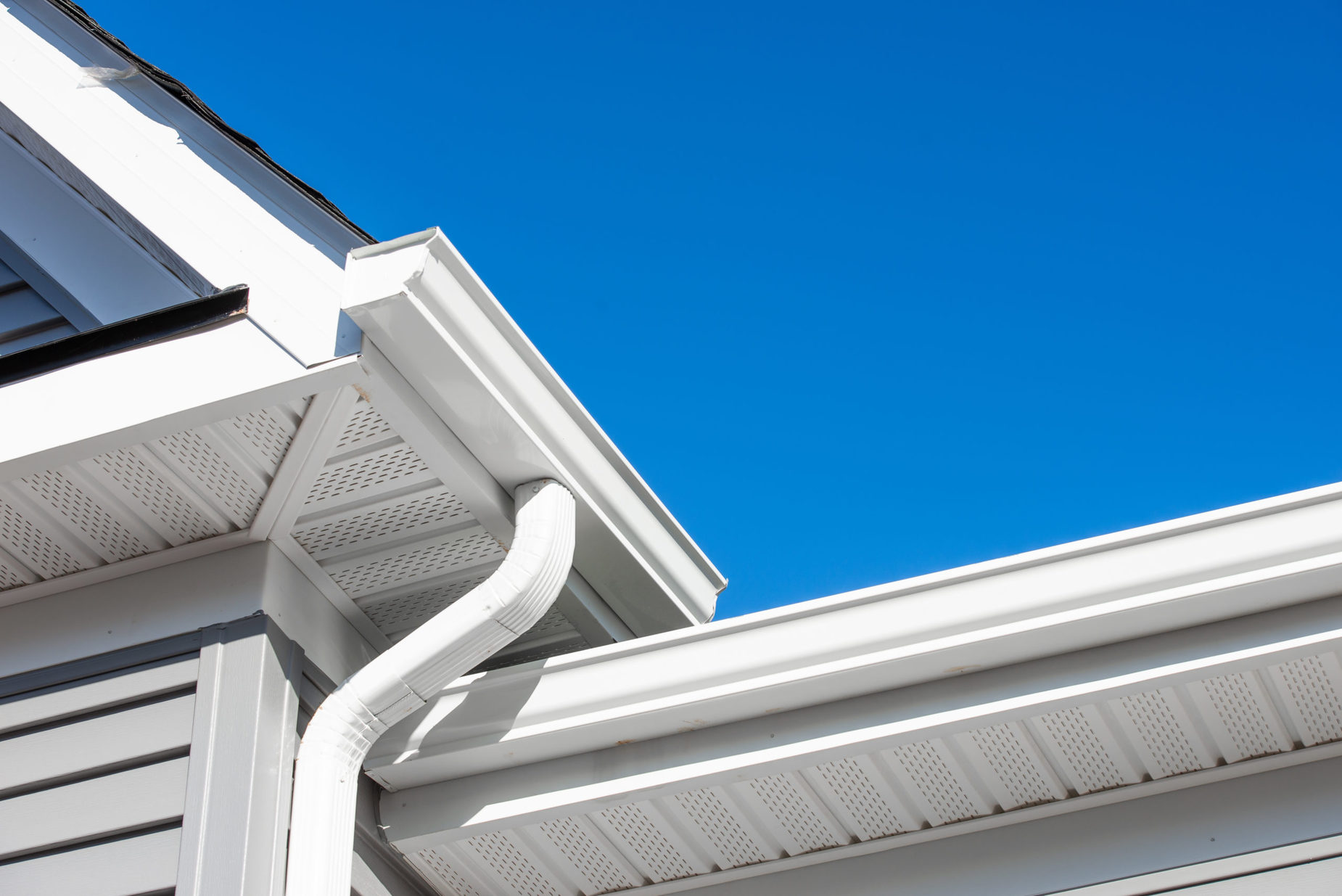
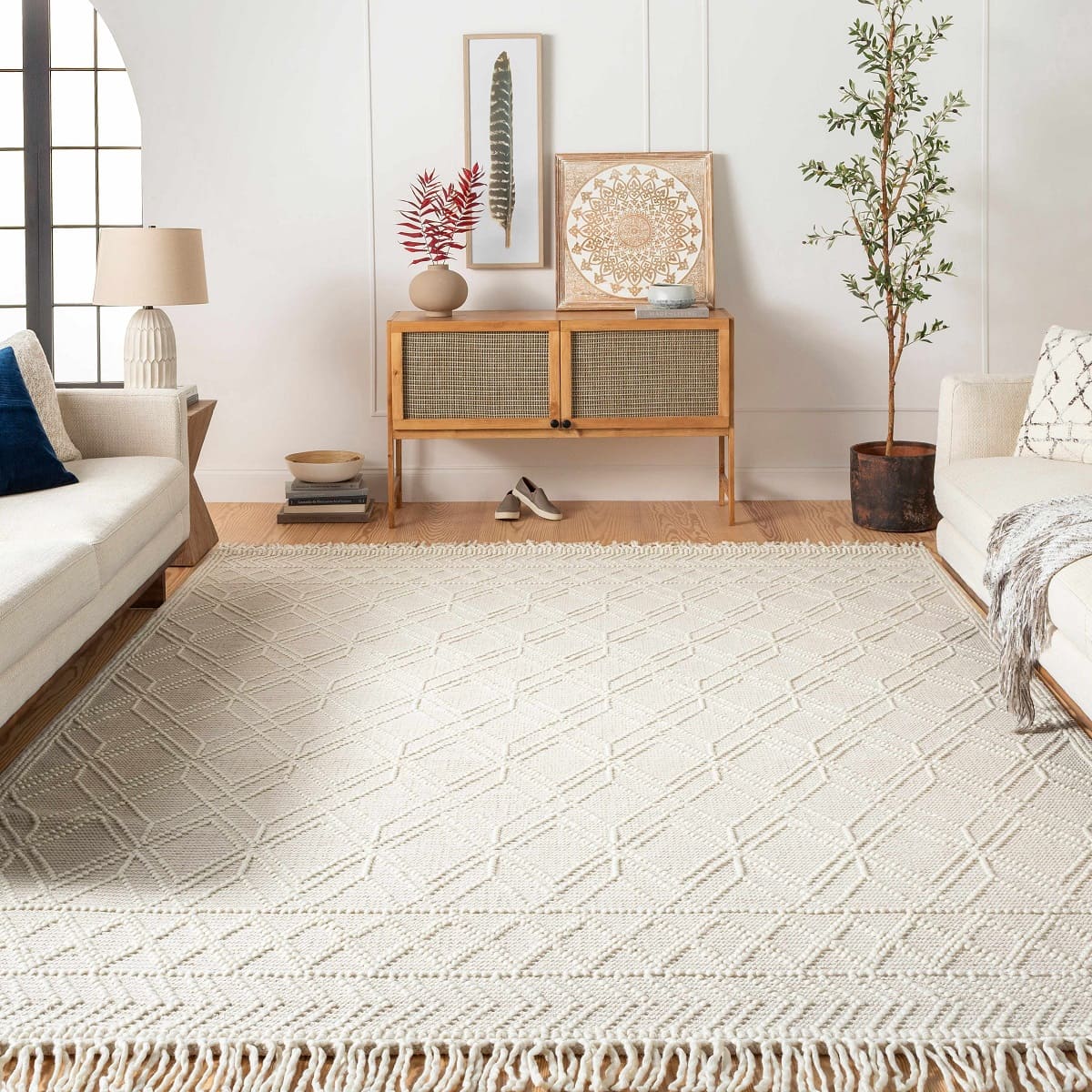
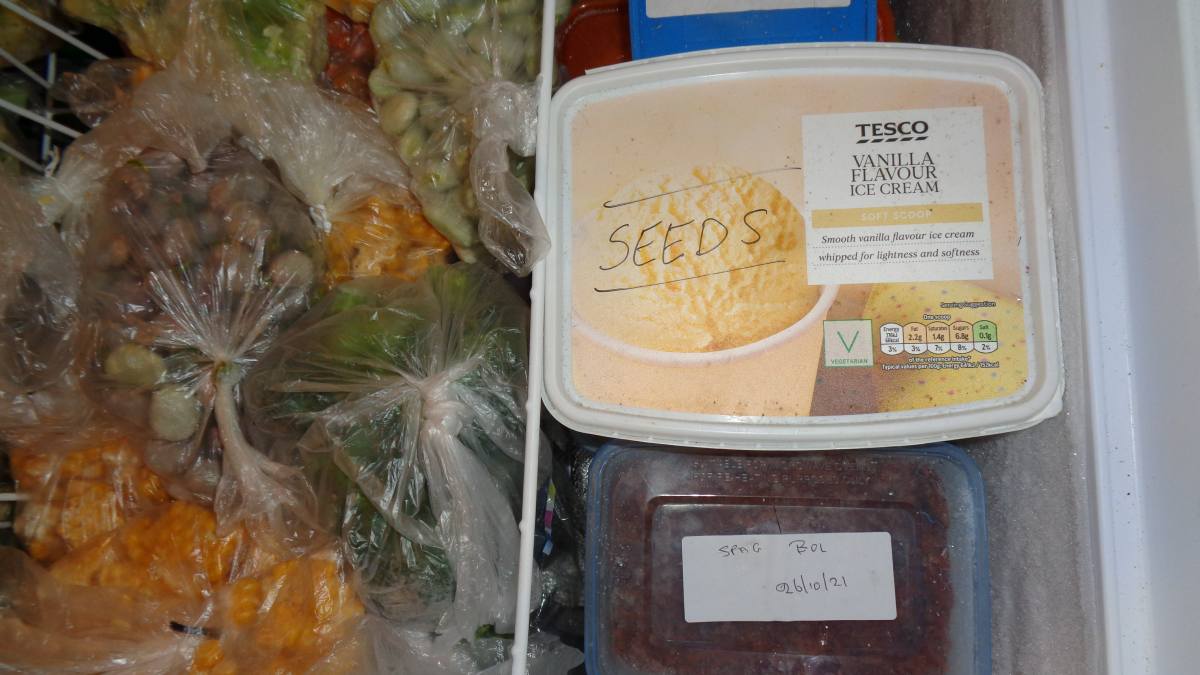
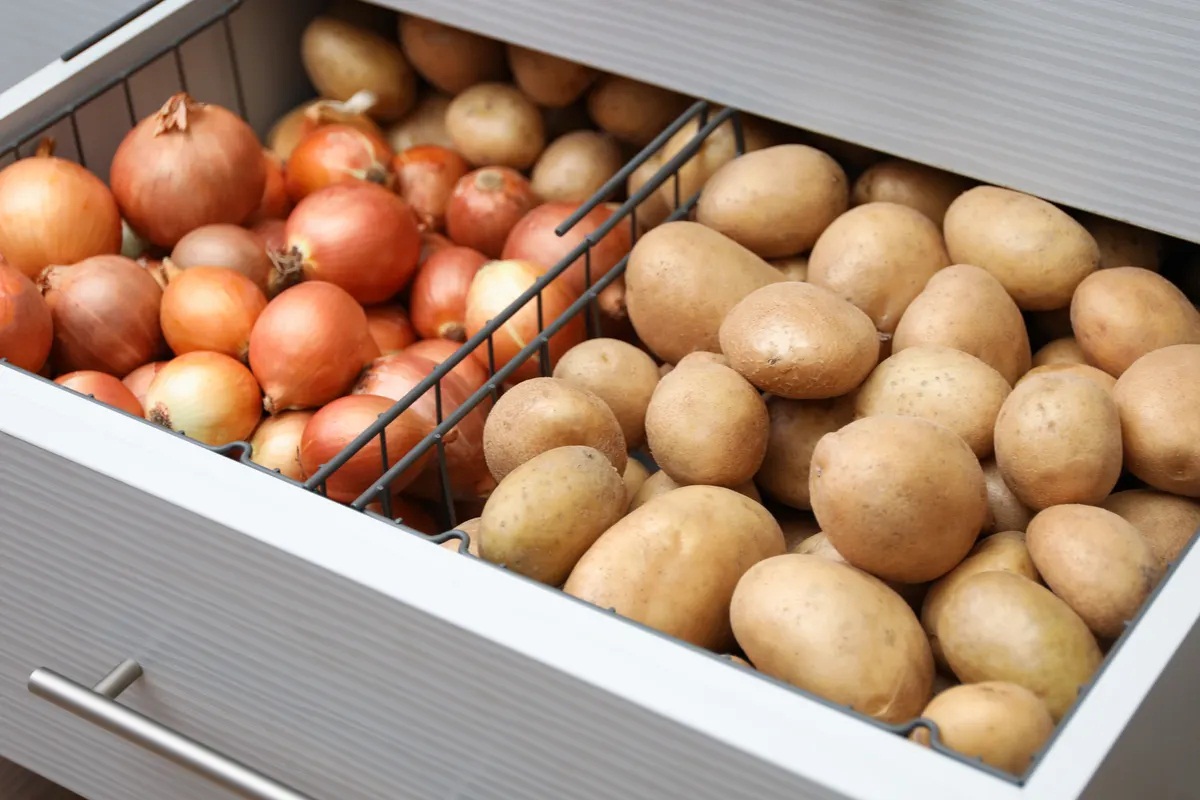

0 thoughts on “How Long Do Wool Rugs Last”